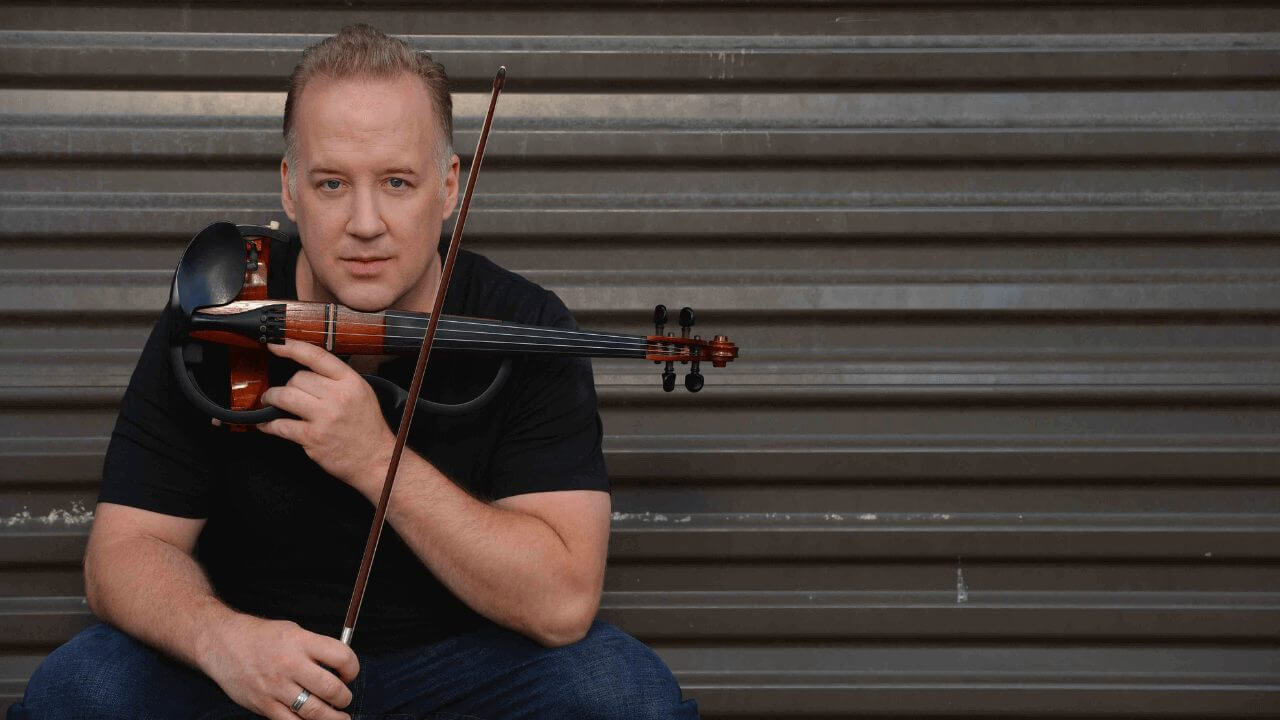I’ve taught music online since 2008. I will teach you to save time teaching online while delivering better results to your students.
- Use MEDIA (original or curated) to present information to students
- Use asynchronous check-ins and less big block lesson times
- Scale and save effort by saving and repurposing content
Forums (like Facebook groups), content libraries (like Google docs or Youtube), and email (even with expanded Signatures) are free tools to flip the classroom.
Instead of saying something thousands of times, say it once and impact many.
Instead of teaching only in real time, use asynchronous checkins combined with curated evergreen content.
Teachers can:
- save time
- increase impact
- enroll and retain more students
Students get:
- better learning outcomes
- more affordable cost
- increased access
- more scheduling flexibility
I am often asked how much to charge for online music lessons.
My approach allows for many pricing options, rather than charging only for 30-60 minute blocks of 1 on 1 time. My students run the gamut from free to premium, with many options in between. This allows me to teach upwards of 100,000 students monthly, while limiting my premium clients to as few as ten, and charging a higher hourly for those students. Members of my group coaching community Creative Strings Academy have a pay what you can option.
As a member, you could receive personalized coaching from me to flip your classroom, and you could also get my premium courses on the subject. And you could name your price.
More easily create know, like, and trust.
SIMPLE is better. You don’t need specialized platforms or software.
Teach via email, voice memos, infographics, Youtube videos, FB groups, Google drive, or a blog post like this one you are reading right now.
I’m not saying use ALL these.
Whatever is the easiest way to deliver or receive your content, use that.
Create or curate content for every foundational topic that you teach.
Batch create and batch process lessons.
A student asked you a question? Make a lesson for that one student, then repurpose for many.
Teach over video, audio, and text. Share your teaching materials via links or directly on any platform.
Make playlists. For example, one of my playlists has hundreds of free play-along lesson videos
Email can be used to drip out your teachings at regular intervals.
This is critical to REMIND students and stay top of mind. It’s also a recommended way to train and keep parents informed. My students tell me they love my emails. You may be reading this post because I sent you here from an email.
Online forums (like FB groups) are good places to hub content. When you check the “social learning” box in your FB Group, you can curate Social Learning UNITS, i.e. posts organized by topic.
Don’t hold back from sharing your content. Your content is unique; it will not only help your students, but others will become inspired to work with you or support your program.
Make Your Group Teaching Better
Get you students playing along or after you- have them mute themselves (if on Zoom) to get everyone participating at once.
Orient the exercises towards the beginners, while offering modifications for your advanced students.
Aim to get them playing 90% of the time during group lessons. There are four ways I do this with my group classes- I cover all of these in my course How to Teach Better Online, which you can get with a one month trial of Creative Strings Academy.
Assign students to submit videos to you. They can record themselves playing to a metronome or to one of your curated lessons (like a play-along video!).
You can share feedback by video, email, voice memo, or leaving a comment underneath their post on Youtube or in an online forum.
Posting everything to an endless comment thread is a great way to keep a running dialogue. It’s how I communicate in my Facebook student groups.
If you want to see how I run my student groups- and how I run my studio- join it.
It takes a few minutes to comment on a student’s work sample or question. The feedback you provide could be worth as much as an hour-long lesson.
Here’s one template to give feedback on student submissions:
“Dear (student)- I watched your reel….The biggest conceptual thing I would encourage you to work on is … From a “skill building” side you can work on… From a “creative refining” side you can…. This can be practiced in these ways .. A variation could include …”
Some teachers worry that flipping the music classroom or studio will result in less personal connection with their students. It doesn’t have to be this way.
Here’s a student’s response to an email I sent them commenting on their video submission:
”Thank you so much for this detailed/insightful/inspiring feedback on my reel… I wasn’t ever given such a clear view of the work ahead and the way you express it makes me believe that it is in fact indeed manageable…”
The main thing it requires is the willingness to give what you have to teach. Whether you teach in a classroom or you have a private studio, I can help you save time, impact students (and parents) and grow in the short and long term. It’s just a matter of you taking the step to get help.



